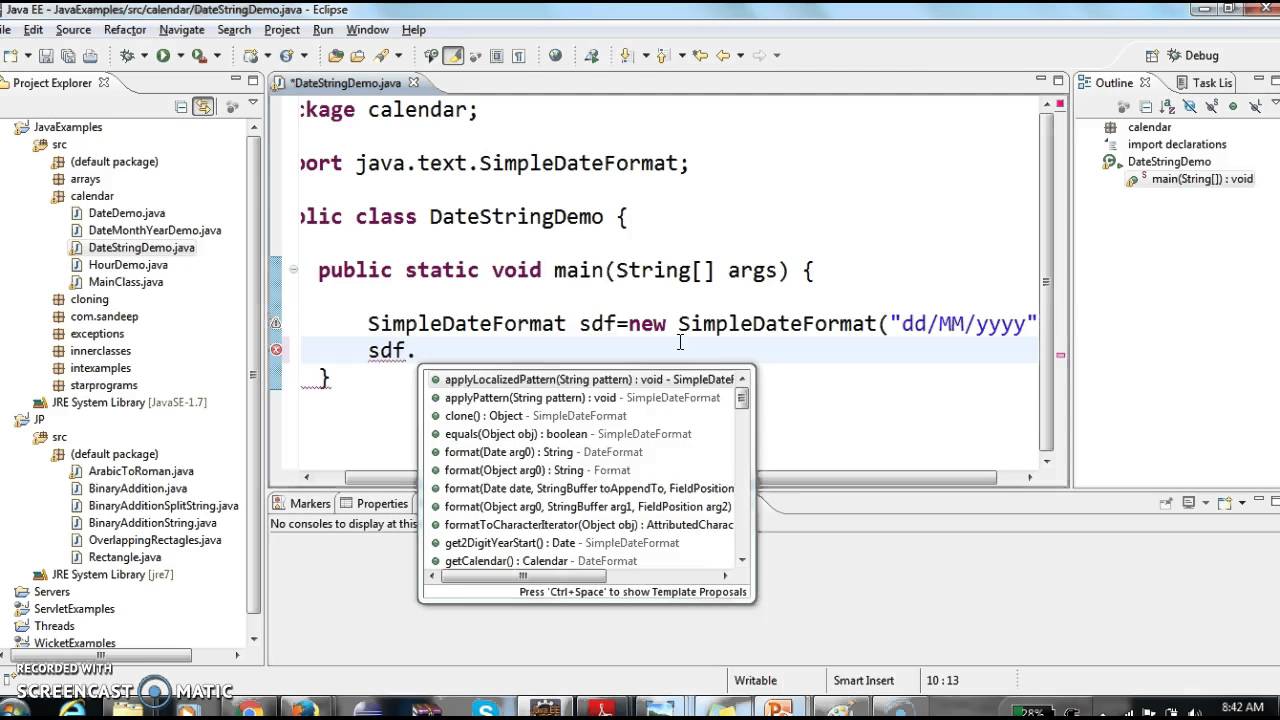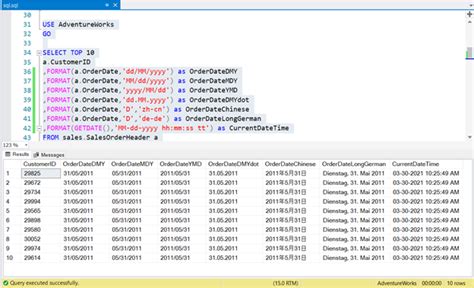When working with databases, handling dates is a crucial aspect of data management. SQL, being the standard language for managing relational databases, provides various functions to manipulate and format dates. One common requirement is to change the date format in SQL, which can be necessary for consistency, reporting, or compatibility reasons. This article will delve into the methods and functions used to alter date formats in SQL, focusing on the primary, secondary, and tertiary aspects of date formatting, including the use of DATE_FORMAT, CONVERT, and CAST functions.
Understanding SQL Date Formats

SQL uses a variety of date formats, depending on the database management system (DBMS) being used. The most common date formats include YYYY-MM-DD, MM/DD/YYYY, and DD-MON-YYYY. The ability to convert between these formats is essential for data exchange, reporting, and ensuring data consistency across different systems. The primary date formats in SQL can be categorized into three main types: date, time, and datetime, each with its own set of formatting rules and functions.
Primary Date Formats in SQL
The primary date formats in SQL are determined by the DBMS in use. For instance, MySQL uses the YYYY-MM-DD format by default, while Oracle uses the DD-MON-YYYY format. Understanding these default formats is crucial for effectively changing date formats in SQL. The following table provides an overview of the primary date formats used in popular DBMS:
| DBMS | Default Date Format |
|---|---|
| MySQL | YYYY-MM-DD |
| Oracle | DD-MON-YYYY |
| Microsoft SQL Server | YYYY-MM-DD |

Changing Date Formats in SQL

SQL provides several functions to change date formats, including DATE_FORMAT in MySQL, CONVERT in Microsoft SQL Server, and TO_CHAR in Oracle. These functions allow developers to convert dates into the desired format, facilitating data exchange, reporting, and data analysis. The following subsections will explore these functions in more detail, providing examples and explanations to illustrate their use.
Using DATE_FORMAT in MySQL
In MySQL, the DATE_FORMAT function is used to change the date format. This function takes two arguments: the date to be formatted and the format specifier. For example, to format a date in the YYYY-MM-DD format, you would use the following syntax:
SELECT DATE_FORMAT(date_column, '%Y-%m-%d') AS formatted_date
FROM table_name;
This example demonstrates how to use the DATE_FORMAT function to change the date format in MySQL, highlighting the importance of understanding the format specifiers used by the function.
Using CONVERT in Microsoft SQL Server
In Microsoft SQL Server, the CONVERT function is used to change the date format. This function takes three arguments: the data type to convert to, the expression to convert, and the style. For example, to format a date in the YYYY-MM-DD format, you would use the following syntax:
SELECT CONVERT(VARCHAR(10), date_column, 120) AS formatted_date
FROM table_name;
This example illustrates how to use the CONVERT function to change the date format in Microsoft SQL Server, emphasizing the need to specify the correct style to achieve the desired format.
Using TO_CHAR in Oracle
In Oracle, the TO_CHAR function is used to change the date format. This function takes two arguments: the date to be formatted and the format specifier. For example, to format a date in the YYYY-MM-DD format, you would use the following syntax:
SELECT TO_CHAR(date_column, 'YYYY-MM-DD') AS formatted_date
FROM table_name;
This example demonstrates how to use the TO_CHAR function to change the date format in Oracle, highlighting the importance of understanding the format specifiers used by the function.
Key Points
- The ability to change date formats in SQL is crucial for data consistency and exchange.
- SQL provides various functions to change date formats, including DATE_FORMAT, CONVERT, and TO_CHAR.
- Understanding the default date formats used by different DBMS is essential for effectively changing date formats.
- The DATE_FORMAT function in MySQL, CONVERT function in Microsoft SQL Server, and TO_CHAR function in Oracle are used to change date formats.
- Format specifiers and styles are critical components of date formatting functions, and their correct use is necessary to achieve the desired date format.
Best Practices for Changing Date Formats in SQL
When changing date formats in SQL, it’s essential to follow best practices to ensure data consistency and avoid errors. The following subsections will outline the best practices for changing date formats, providing guidance on how to effectively use date formatting functions.
Understanding Format Specifiers and Styles
Format specifiers and styles are critical components of date formatting functions. Understanding these elements is necessary to achieve the desired date format. The following table provides an overview of common format specifiers and styles used in SQL:
| Format Specifier/Style | Description |
|---|---|
| %Y | Four-digit year |
| %m | Month as a zero-padded decimal number |
| %d | Day of the month as a zero-padded decimal number |
| 120 | ODBC canonical (YYYY-MM-DD HH:MI:SS) |
Avoiding Common Pitfalls
When changing date formats in SQL, it’s essential to avoid common pitfalls, such as using incorrect format specifiers or styles, which can result in errors or unexpected results. The following subsection will outline the common pitfalls to avoid when changing date formats.
Testing and Verification
Testing and verification are critical steps when changing date formats in SQL. It’s essential to test the date formatting function with different input values to ensure that the desired format is achieved. The following example demonstrates how to test the DATE_FORMAT function in MySQL:
SELECT DATE_FORMAT('2022-01-01', '%Y-%m-%d') AS formatted_date;
This example illustrates the importance of testing and verification when changing date formats in SQL, highlighting the need to ensure that the desired format is achieved.
What is the primary date format used in MySQL?
+The primary date format used in MySQL is YYYY-MM-DD.
How do I change the date format in Microsoft SQL Server?
+You can change the date format in Microsoft SQL Server using the CONVERT function, which takes three arguments: the data type to convert to, the expression to convert, and the style.
What is the purpose of the TO_CHAR function in Oracle?
+The TO_CHAR function in Oracle is used to change the date format, taking two arguments: the date to be formatted and the format specifier.
In conclusion, changing date formats in SQL is a crucial aspect of data management, and understanding the primary, secondary, and tertiary aspects of date formatting is essential for effectively using date formatting functions. By following best practices, avoiding common pitfalls, and testing and verifying the date formatting function, developers can ensure that the desired date format is achieved, facilitating data exchange, reporting, and data analysis.
